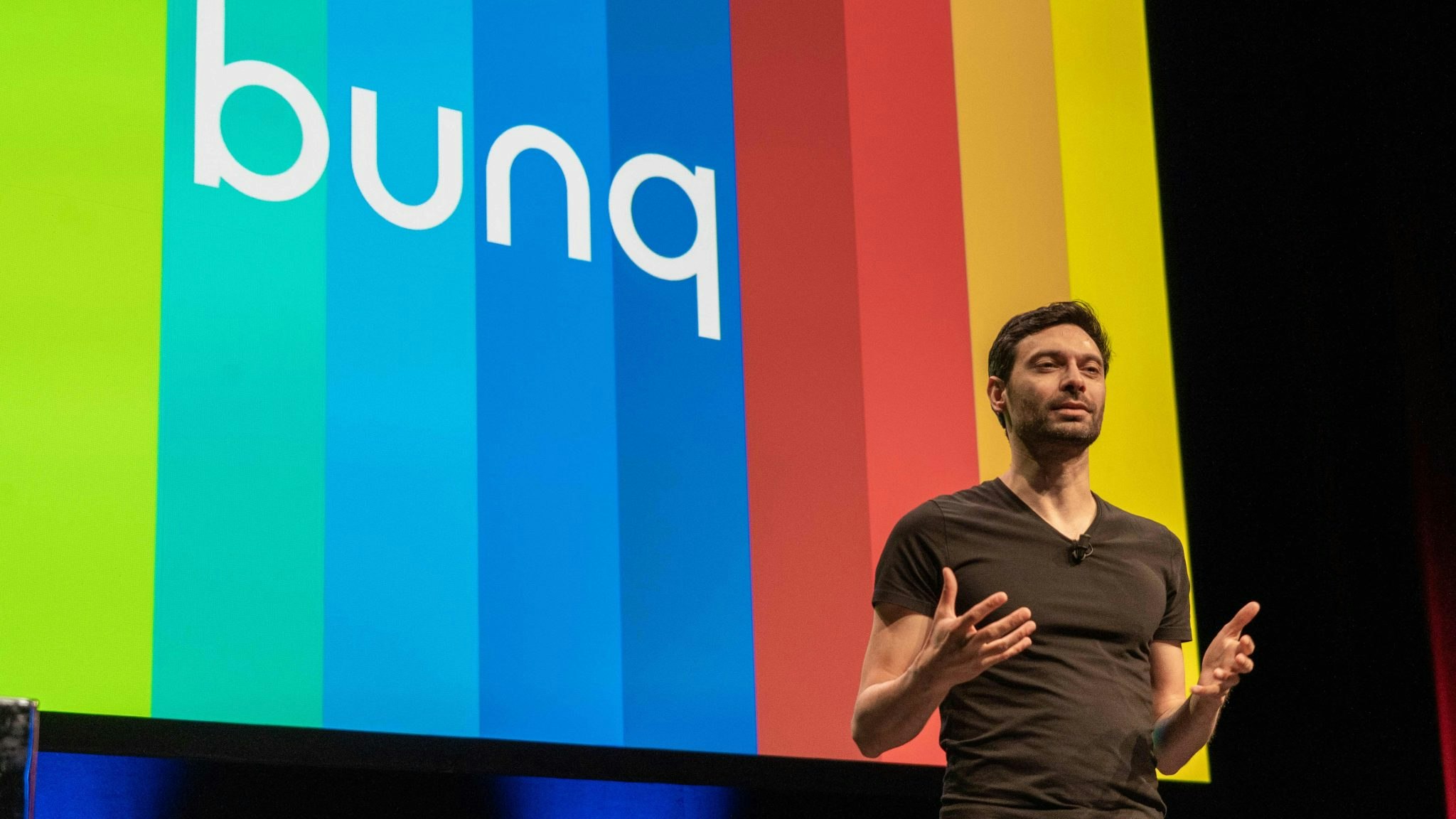Swedish fintech Klarna’s losses doubled in the third quarter after its valuation was slashed by 85%, financial results released this morning show.
Klarna’s third quarter losses were twice what they were in the same quarter in 2021, at SEK 2.1bn ($200m) from July to September, up from SEK 1.1bn ($106m) a year earlier.
Despite overall losses continuing to climb, Klarna said that since the summer — when it was forced to tap investors for more cash at a dramatically reduced valuation — it has begun to make “huge progress” towards profitability.
“Klarna has made huge progress on our path to profitability, which we expect to hit on a monthly basis in the second half of 2023,” cofounder and CEO Sebastian Siemiatkowski said in a statement accompanying the results.
The company reduced its operating losses by $169m (42%) between Q2 and Q3 this year, which it attributed to the 10% cut to its global workforce it made in May. Klarna then made a second round of layoffs just outside the quarter, in late September.
Siemiatowski has previously blamed the company’s massive valuation drop on investors’ focus shifting from growth at all costs to profitability.
Klarna also said it had improved its credit loss rate by 8% between Q2 and Q3, but its net credit losses still surged by almost 50% compared to the same period last year to SEK 4.3bn ($409m), up from SEK 2.9bn ($279m) in 2021.
It says these widening credit losses on the year are largely a result of picking up consumers in new markets, where it’s unable to access their credit histories.
US push continues
Revenue rose to SEK 14.8bn ($1.4bn) in the first nine months of the year, up 22% from a year earlier, which Klarna says was driven by continued surging adoption in the UK and US, as well as growing adoption in newer markets like France, Italy, Poland and Australia.
The company says that marketing is its fastest-growing revenue stream, as it makes a bid to diversify its income from its riskier credit product. This was driven by new product launches like its price comparison tool in its main markets the UK, US and Nordics, following its acquisition of Swedish price comparison site PriceRunner.
Klarna has been investing most heavily in US growth. The company said it hit 31m customers in the US in the third quarter, up 1m from in the second quarter.
Acquiring customers in the US is a challenge for Klarna, where native BNPL giant Affirm has the biggest market share and Apple recently announced its own pay later option.
“The US continues to show massive growth with volumes up 92% year-on-year,” Siemiatkowski said in the statement.
“Our consistent average order values with 99% of consumers paying us back and 70% of global pay later orders settled early, highlight the strength of Klarna’s business model in more challenging times for consumers and retailers alike.”
Gross merchandise volume (the total value of goods sold) grew to $60.2bn in the year to date, up 22% from a year earlier, despite overall ecommerce growing by only 3% over the same period, suggesting that consumers are increasingly turning to the option to "pay later" for products as the cost of living soars.
Amy O’Brien is Sifted’s fintech reporter. She tweets from @Amy_EOBrien and writes our fintech newsletter — you can sign up here.



